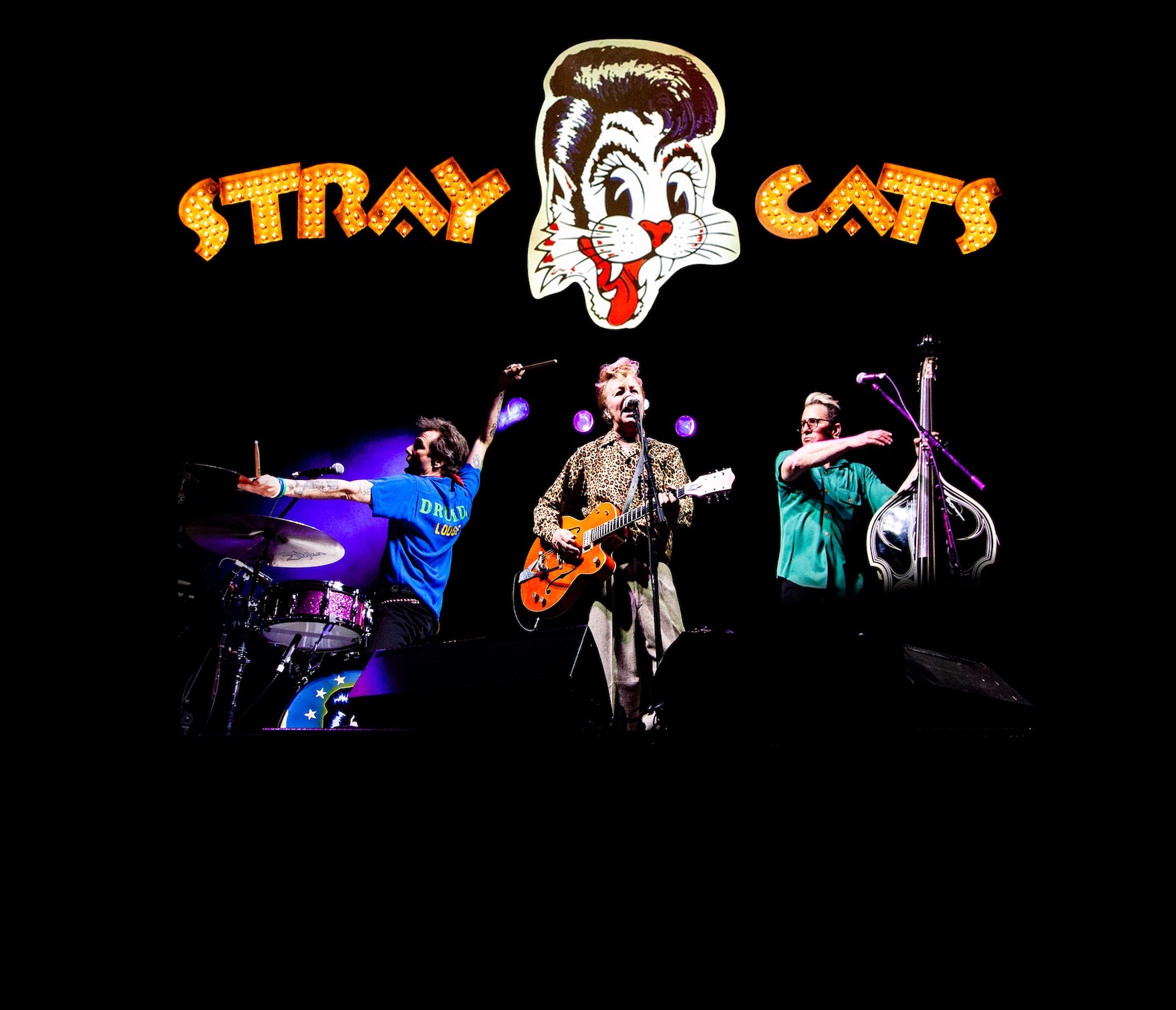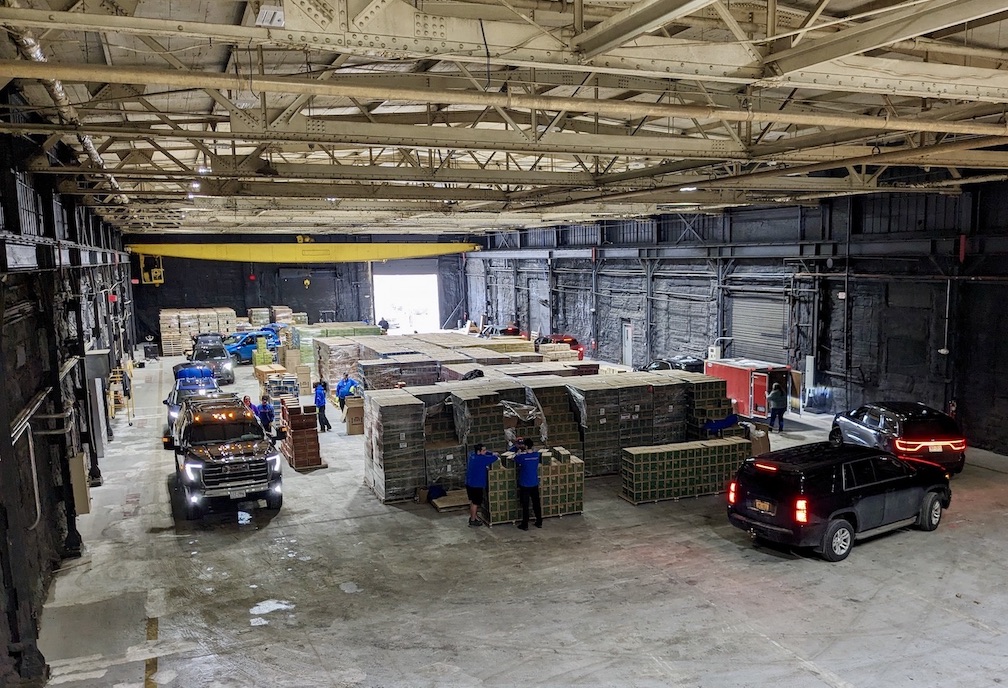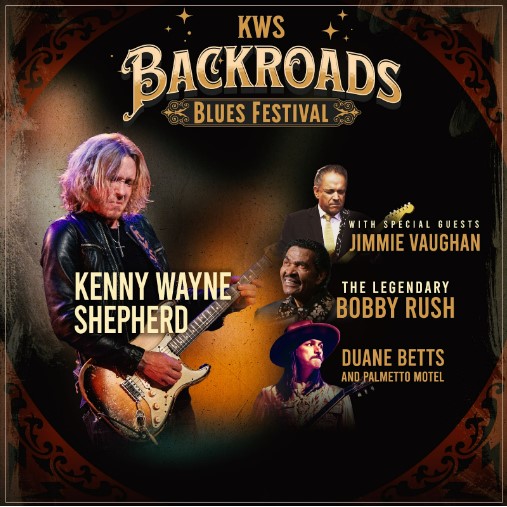Featured News - Current News - Archived News - News Categories
Hunting season opens Saturday – motorists should beware
By AAA of Western and Central New York
Opening day of regular season deer hunting is Nov. 16 in most areas of Western and Central New York, which will stir the deer population, which is already active due to mating season. AAA is warning motorists to be extra cautious on the roads and to scan for deer.
Nationally, car-animal collisions peak in November with 60,000 reported in (November) 2017. AAA analyzed the latest New York crash data and found November is by far the peak month for deer crashes in the Empire State. In November 2016, there were 4,469 deer crashes – equivalent to one deer crash every 10 minutes.
Motorists should be especially vigilant after dark. In November 2016, 83% of deer crashes occurred outside daylight hours. Crashes were most common from 5-7 p.m., during the evening rush and when darkness has just set in.
“Drivers should always be on the lookout for hazards on the road, but the danger of deer increases every fall,” said Elizabeth Carey, director of public relations at AAA WCNY. “Car-deer collisions can be both deadly and costly. Drivers should pay close attention, avoid distractions and scan the road for deer when traveling on area roadways.”
In November 2016, the top five counties for deer crashes were:
New York State Police recommend that, if you strike a deer, remain at the scene and call 911. An accident report can be completed by troopers if your vehicle has over $1,000 in damage or if an involved person has been injured.
AAA Tips to Avoid an Animal Collision
•Keep your eyes moving back and forth. Continuously sweep your eyes across the road for signs of animals and movement. While the most likely accident would be caused by an animal darting in front of you, one might also hit you by running into the side of your car.
•Be especially attentive in early morning and evening. Many animals, especially deer, are most active during prime commuting hours – roughly 5-8 a.m. and 5-8 p.m.
•At night, use high beams when there’s no oncoming traffic. Bright lights can help you spot animals sooner. The light reflecting off their eyes may also help reveal their location.
•Slow down and watch for other deer to appear. Deer rarely travel alone, so, if you see one, there are likely to be one or several more nearby.
•Honk your horn with one long blast. A long blast on your horn may frighten large animals, such as deer, away from your vehicle. The Insurance Information Institute (I.I.I.) advises against relying on devices such as deer whistles and reflectors, which have not been proven to reduce collisions with animals.
•Use brakes if impact is imminent. If an animal is in your path, stay in your lane. Swerving away from animals can confuse them so they don’t know which way to run. It can also put you in the path of oncoming vehicles or cause you to crash into objects on the side of the road.
•Always wear a seatbelt. According to the I.I.I., the chances of getting injured when hitting an animal are much higher if you don’t have your seatbelt on.
•Don’t go near a wounded animal. A frightened and wounded animal can be unpredictable. If it’s in the middle of the road and blocking traffic, call the police immediately.
•Purchasing comprehensive insurance. Comprehensive insurance is the type of insurance that covers animal collisions. For more information on auto, homeowners and other personal lines of insurance, contact your local AAA office or visit AAA online.
As upstate New York’s largest member services organization, AAA provides more than 880,000 members with travel, insurance, financial and automotive-related services. Since its founding in 1902, AAA has been a leading advocate for the safety and security of all travelers. Visit AAA at www.AAA.com.





























